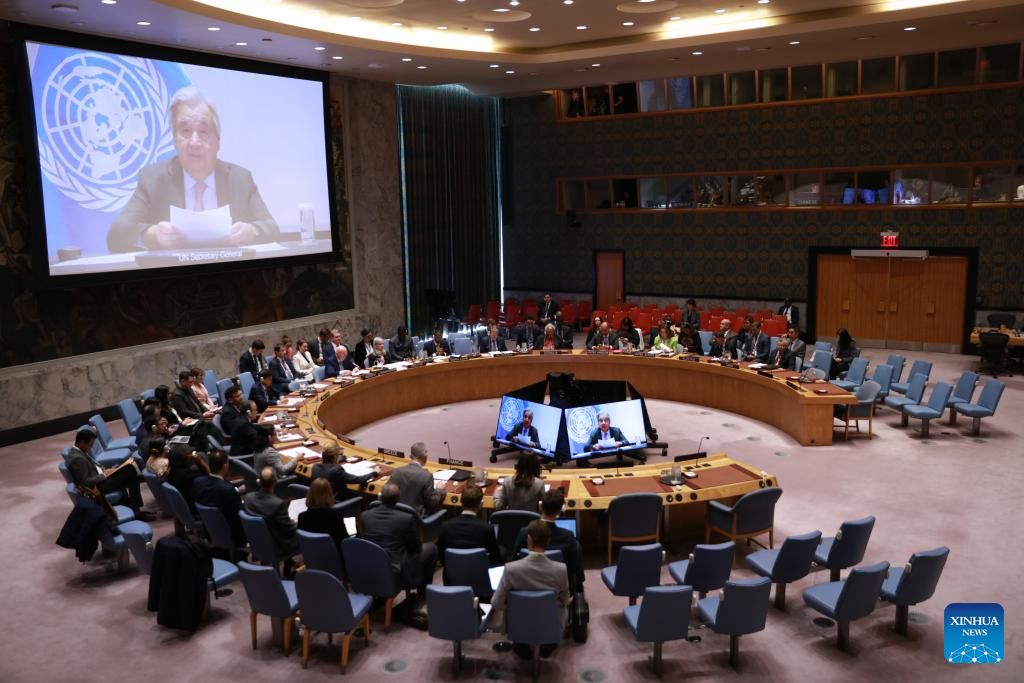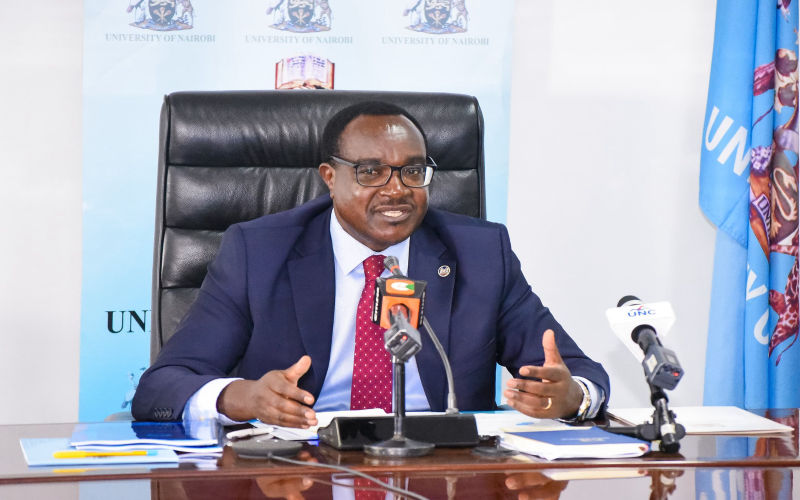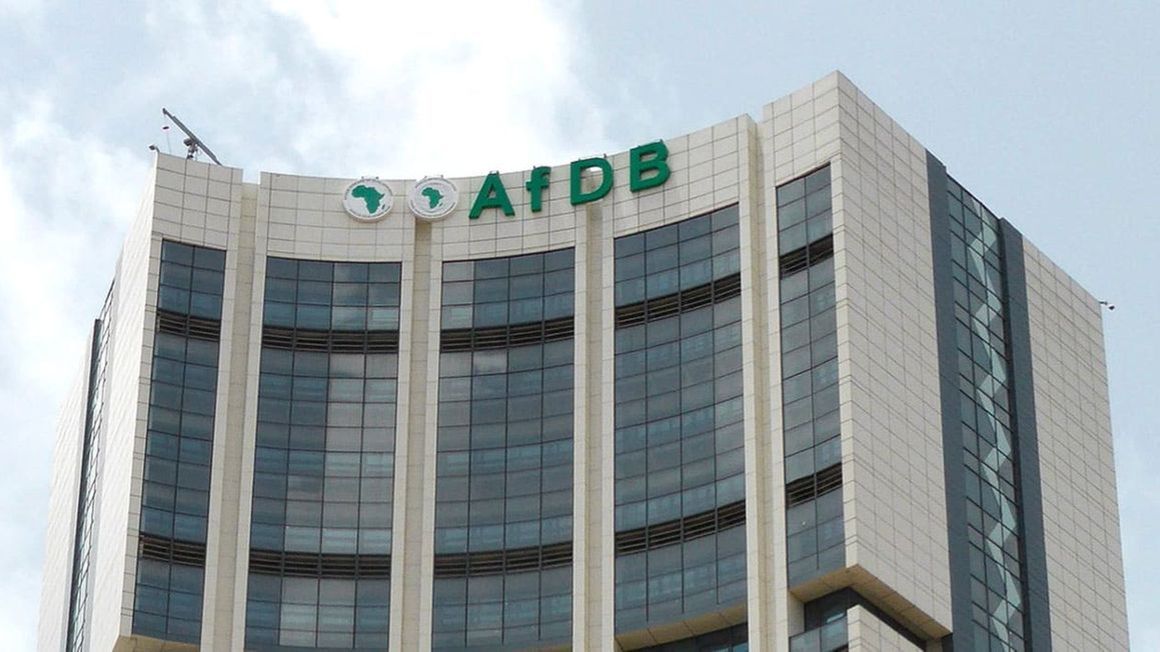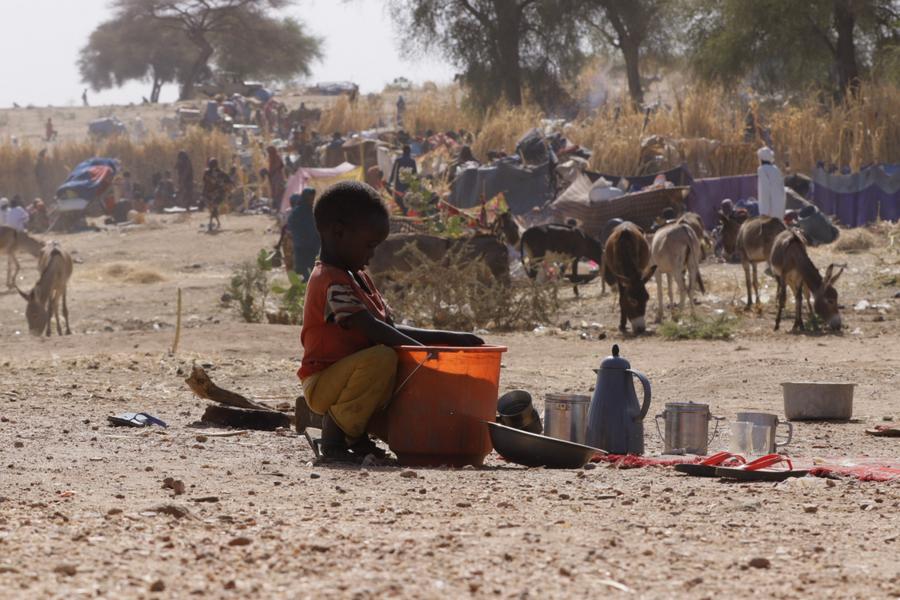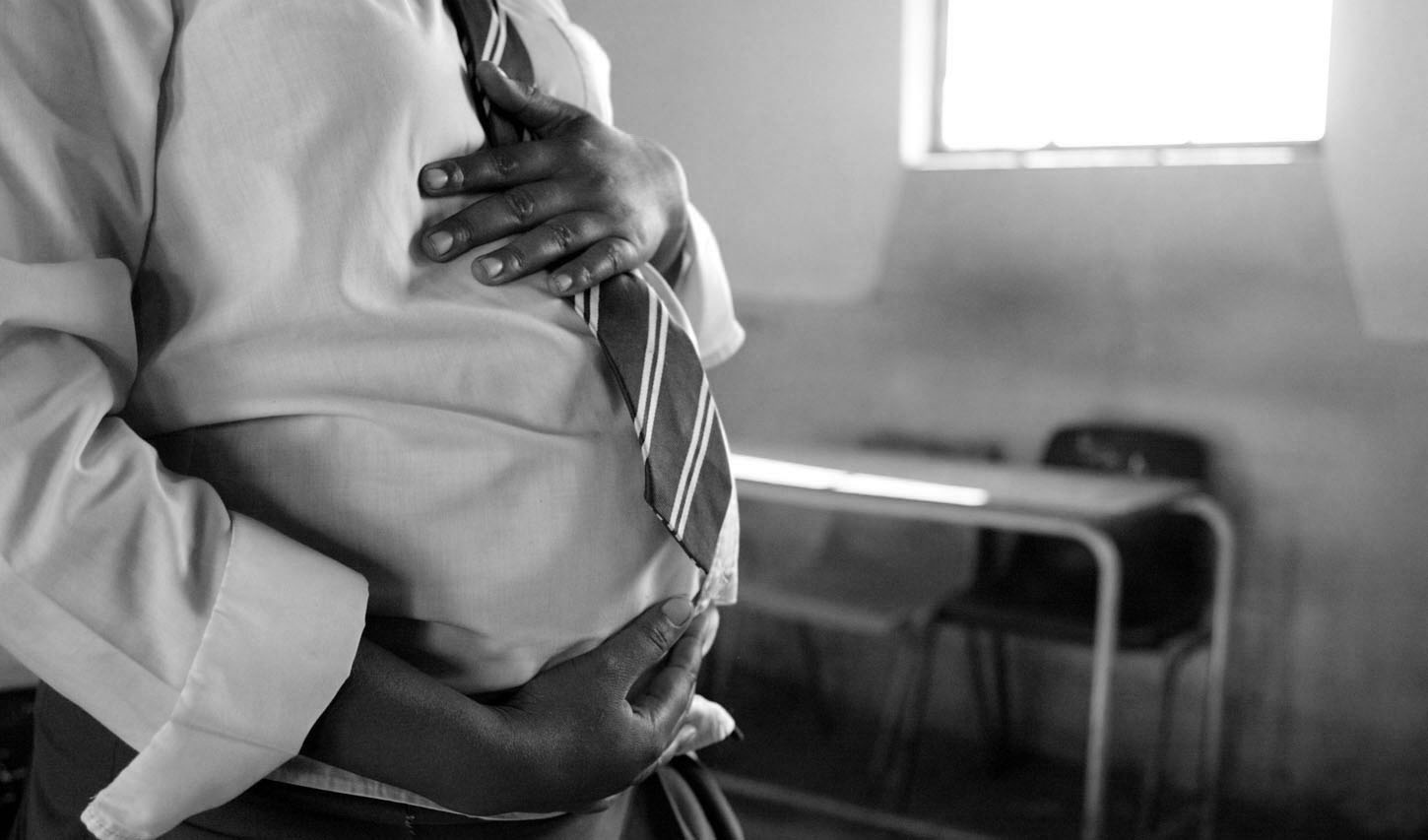Kenya's national debt hits record high of Sh10.8 trillion
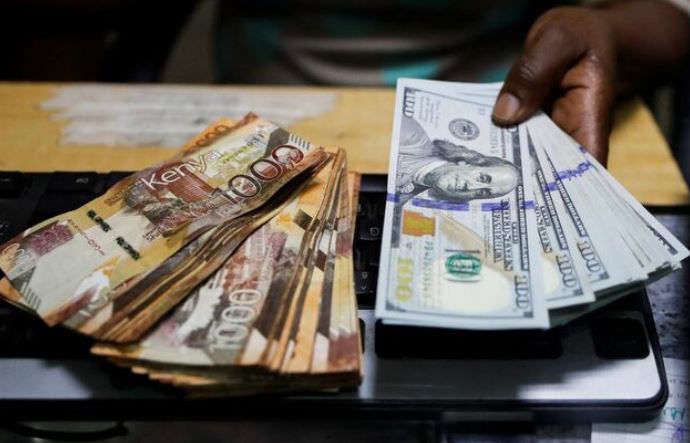
The surge in borrowing follows a series of legislative amendments that have relaxed borrowing restrictions, including changes made in 2019 and 2022 to raise the debt ceiling.
President William Ruto's administration has exceeded the legally set limits for public borrowing, with the national debt rising to Sh10.8 trillion as of September 30, 2024.
The debt now stands at 67 per cent of the country’s Gross Domestic Product (GDP), which the National Treasury estimates at Sh16.1 trillion.
The Public Finance Management Act sets the national debt ceiling at 55 per cent of GDP, but the current debt exceeds this threshold by 12 per cent. The debt is split between Sh5.19 trillion from external lenders and Sh5.6 trillion from domestic sources.
In a report, Controller of Budget Margaret Nyakang’o raised concerns that the public debt stock had surpassed the legally authorised limit.
"The public debt stock, therefore, surpassed the authorised public debt limit," she said in her latest report.
Nyakang’o has called on the government to reduce its budget deficit financing by implementing deeper spending cuts. Data from her office shows that the government borrowed over Sh210 billion between June and September 2024, which averages to about Sh2.2 billion per day.
The surge in borrowing follows a series of legislative amendments that have relaxed borrowing restrictions, including changes made in 2019 and 2022 to raise the debt ceiling.
In 2019, amendments to the Public Finance Management regulations reduced the debt-to-GDP ratio from 50 per cent to Sh9 trillion, and later in 2022, the ceiling was raised to Sh10 trillion to accommodate the 2022-23 budget. Further changes in 2022 set the public debt limit at 55 per cent of GDP.
Consequences
Economists have raised alarms over the long-term consequences of such extensive borrowing. The Parliamentary Budget Office warned that additional loans could crowd out resources for development and essential services, thus increasing the overall cost of borrowing and debt servicing.
"More loans would further crowd out resources for development and other critical recurrent expenditures in the medium term," the office warned.
Nyakang’o advised that borrowing should only be used for financing productive projects and urged the government to adopt policies that support sustained economic growth.
"With high economic growth, that is, average growth higher than the average interest rate paid on debt, the economy will be able to grow out of debt in the long run," she said.
As Kenya grapples with rising debt, servicing costs also remain a significant strain. This financial year, Sh1.9 trillion has been earmarked for debt repayments, meaning that for every Sh100 deposited into the consolidated fund services account, Sh89 will go towards loan repayments.
There are growing questions about whether the borrowed funds are being allocated effectively. Recently, Nyakang’o raised concerns about unchecked spending on non-essential items, noting that such practices violate the austerity measures laid out by the Treasury.
Other Topics To Read
Top Stories Today
